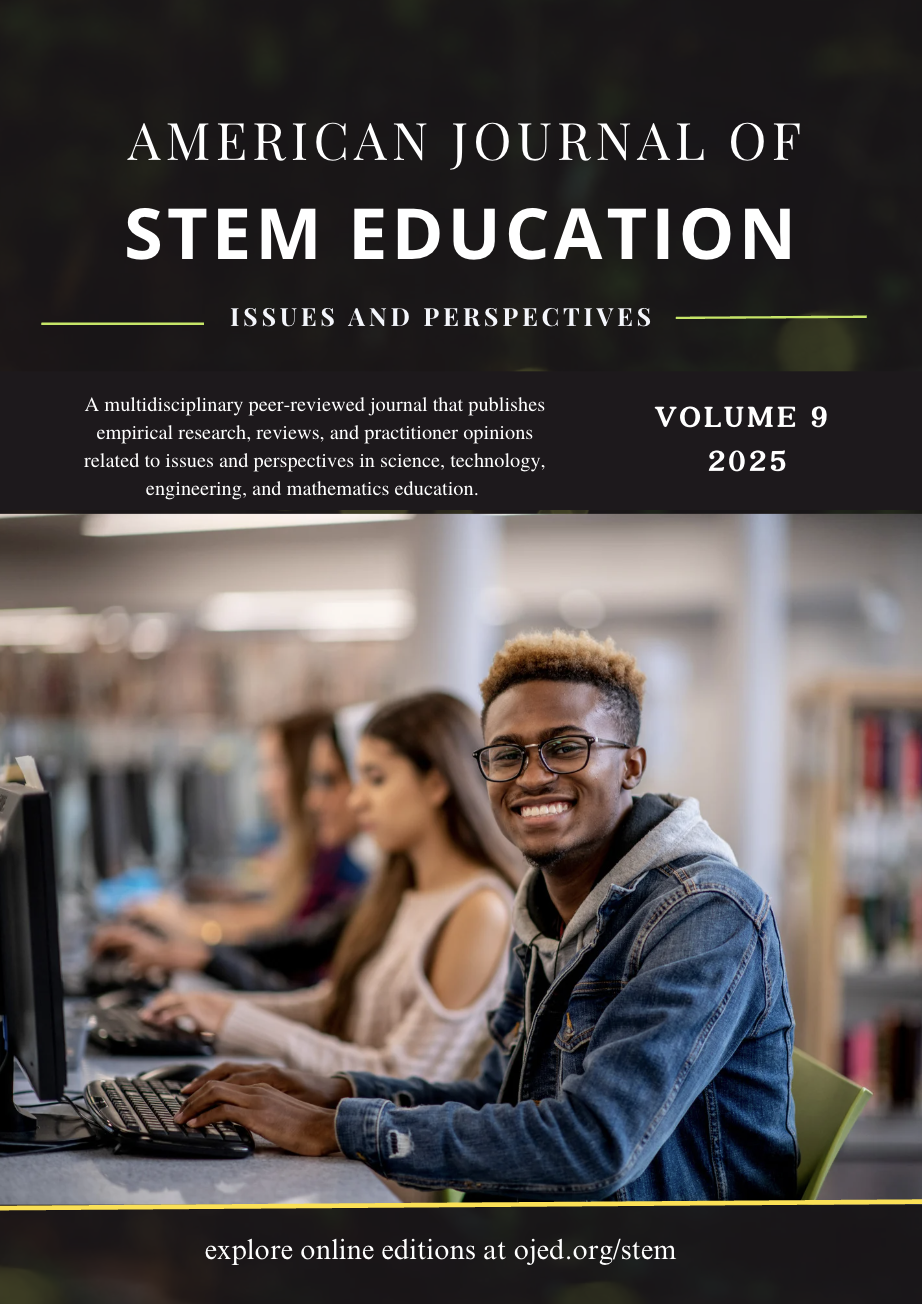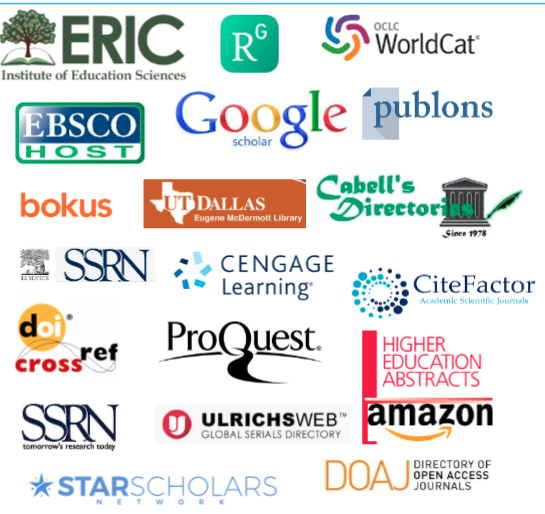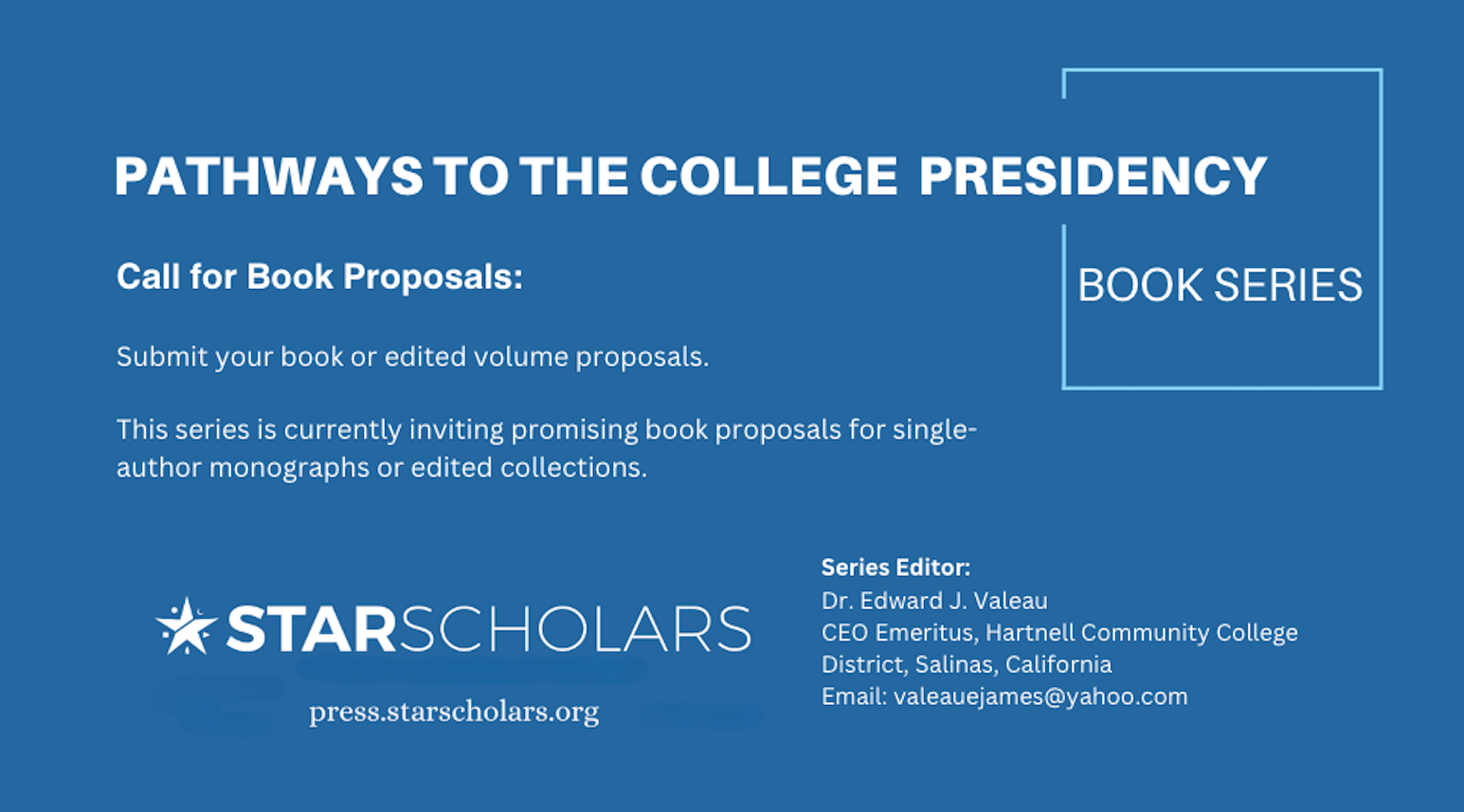Digital solutions for graduate supervision
A critical analysis of thesis management systems
DOI:
https://doi.org/10.32674/sbs52z14Keywords:
Supervise supervisors, Marshall Plan, Thesis Management System, Communication Technology Innovation, Thesis supervision, Graduate StudentsAbstract
Until 2020, the allocation of thesis supervisors at Daystar University was manually done in face-to-face communication. However, the COVID-19 pandemic yielded two problems. First, it was not possible for graduate students and the leadership of the various programs on the one hand and the graduate students and their supervisors on the other to be in physical contact. When Daystar enforced the Kenyan government directive to transit online to curb the spread of COVID-19, most supervisors reached their supervisees via email, phone call, or Zoom. However, the challenge of supervisor allocation and follow-up was real. The second problem was the supervisors' delay in giving students feedback on their thesis progress. Data collected indicated that several supervisors could take a month or more to respond, yet the University allocates a maximum of two weeks. Further, supervisors gave feedback if and when they wanted. This corroborated an earlier complaint that supervisors were non-responsive to students’ inquiries. Disturbed by this scenario, the University organs were challenged to be innovative in developing practical solutions to fast-track the supervision process. It is on this background that we developed a Thesis Management System (TMS) to monitor supervisors and reduce time and distance. This paper adopts mixed methodologies to study TMS.

 Call for Special Issue Proposals
Call for Special Issue Proposals 


